Vor allem Endanwendern ist häufig gar nicht bewusst, wie leistungsfähig ihre aktuellen Computer und Smartphones überhaupt sind. Deshalb soll es in diesem Beitrag hauptsächlich um die exponentielle Entwicklung von Hardwarekomponenten und deren Leistungsvergleich zu heutiger Hardware gehen.
In den letzten 20 Jahren hat sich im Bereich Hardwareentwicklung von Prozessoren und Arbeitsspeicher für Desktop, Servern sowie besonders bei Mobiltelefonen sehr viel getan. Die Auswirkungen auf unseren Alltag und das allgemeine Arbeiten mit Office, Bildbearbeitungssoftware oder 3D-Programmen und die Möglichkeiten, die uns damit im Vergleich zu früheren Systemen geboten werden, sind überragend.
Heimanwender
Der folgende Vergleich wirkt eher wie ein Vergleich zwischen David gegen Goliath. In den nachfolgenden Diagrammen haben wir Ihnen eine kurze Übersicht zusammengestellt, wie sehr sich die Hardware in den letzten Jahren sprunghaft weiterentwickelt hat.
Den Desktop-Prozessor Pentium 4, mit einem Basistakt von 2 GHz, brachte Intel 2001 an den Verbraucher. Der Preis der CPU lag mit 562 $ im höheren Preissegment. Basierend auf der Northwood Architektur wurde die CPU in 130 nm gefertigt und war mit einer Verlustleistung von 75,3 Watt für einen Einkernprozessor alles andere als effizient.
Intel veröffentlichte 2009 die neue CPU-Generation der i-Serie, die nicht nur leistungsfähiger, sondern auch um einiges effizienter gegenüber den Core2Duo- und Core2Quad-Prozessoren war. Knapp 10 Jahre später, im 2. Quartal 2020 veröffentlichte Intel den i7 10700k zu einem, im Vergleich zum Pentium 4, günstigeren Preis von circa 400 $.
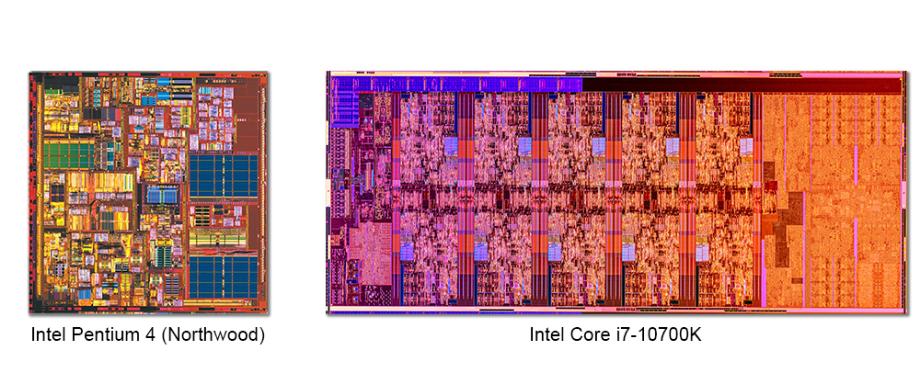
Dabei ist nicht nur die Größe des Chips selbst gewachsen, sondern auch das Fertigungsverfahren hat sich verändert, denn umso dichter das Fertigungsverfahren, desto mehr Komponenten finden auf der Fläche des Chips platz. Damalige Mikroprozessoren bestanden in der Regel aus einem Prozessorkern, wohingegen heutige Desktop-Systeme mit 4, 6 oder mehr Kernen ausgestattet sind, Taktraten von 4 bis 5 GHz besitzen, Hyperthreading unterstützen und somit noch schneller und effizienter arbeiten können. Somit ist es möglich, dass Computersystem mehrere Aufgaben gleichzeitig übernehmen können.
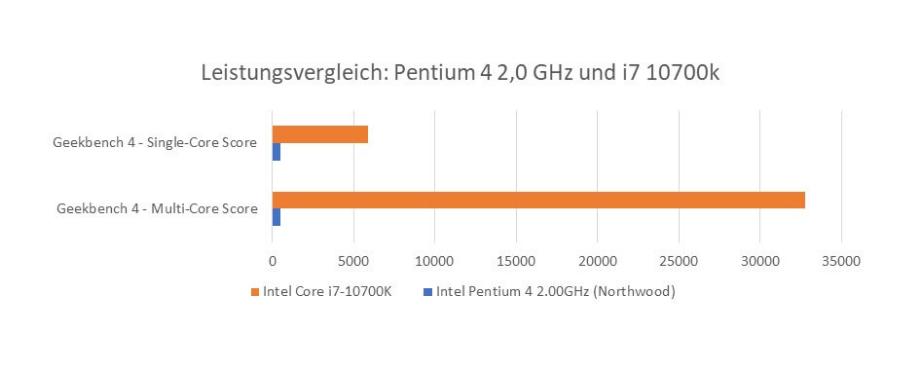
Auch im Bereich Arbeitsspeicher hat sich viel getan. Mit dem Pentium 4 auf Northwood-Basis, unterstützen kompatible Mainboards einzelne RAM-Module bis maximal 1 Gigabyte pro Riegel. Im Vergleich zu heutigen Systemen, die mit DDR4 bis zu 64 GB pro Modul unterstützen und Microsoft Windows 10 mit 64 Bit mindestens 2 GB Arbeitsspeicher voraussetzt, ist das für heutige Verhältnisse undenkbar. Aber nicht nur die Kapazität, sondern auch die Lese- bzw. Schreibgeschwindigkeiten sind enorm gestiegen. DDR1 liefert mit einer 2 bis 3 Gigabyte pro Sekunde Lese- bzw. Schreibgeschwindigkeiten nur einen Bruchteil dessen, was mit DDR4 möglich ist.
DDR4-Speichermodule können mit einer Anbindung von 19 - 25 GB/s pro RAM-Modul im Single Channel, im Dual Channel-Betrieb bis zu 50 GB/s und im Quad Channel-Betrieb sogar 80 GB/s und mehr erreichen. Somit können Daten schneller zwischengespeichert und wieder bereitstellt werden. Das betrifft vor allem Anwendungen wie Internet-Browser, Bildbearbeitungsprogramme, Software zur Betriebssystemvirtualisierung und andere arbeitsspeicher-lastige Programme, die von schnellem Arbeitsspeicher profitieren. Somit können eine Vielzahl an Programmen gleichzeitig verwendet und ein effizienter Arbeitsprozess gewährleistet werden.
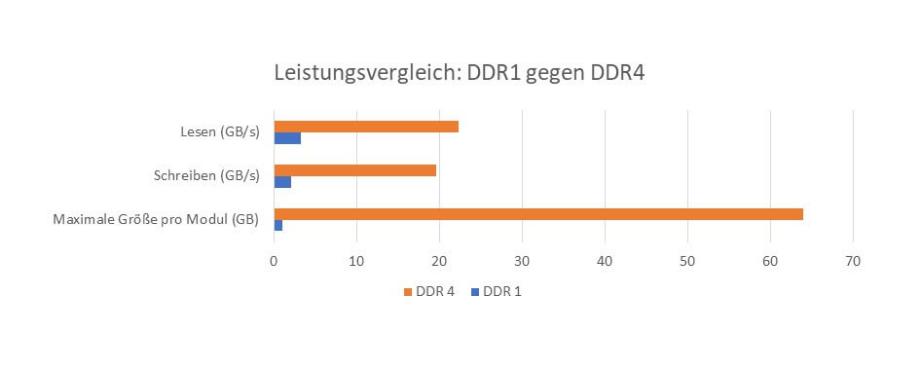
Mobiltelefone
Mit dem 3310 ging Nokia im 4. Quartal 2000 für damalige 199 DM an den Start. Das Nokia 3310 ist wohl eines der bekanntesten Mobiltelefone überhaupt. Der verfügbare interne Speicher von einem Megabyte war für das Betriebssystem und die monotonen Klingeltöne vorgesehen, denn die maximal 100 erstellbaren Kontakte wurden auf der Sim-Karte gespeichert. Das Display des Nokia 3310 hat eine Auflösung von 84x48 Pixeln bei einer Pixeldichte von 64 ppi und eine Akkukapazität von stolzen 900 mAh. An eine Kamera in einem Mobiltelefon und an mobile Daten für Internetanwendungen war zu dieser Zeit noch gar nicht zu denken.
Nehmen wir nun ein Mittelklasse Smartphone zum Vergleich. Das Samsung Galaxy A30S befindet sich in etwa in der Preisklasse des Nokia 3310. Mit dem internen Speicher von 64 GB besitzt das Samsung Smartphone 64000 mal soviel Speicherkapazität gegenüber dem 3310. Nicht nur die Pixeldichte von 268 ppi, sondern auch die HD-Auflösung von 1560x720 Pixeln innerhalb eines Super-AMOLED Displays sind eine innovative Weiterentwicklung.
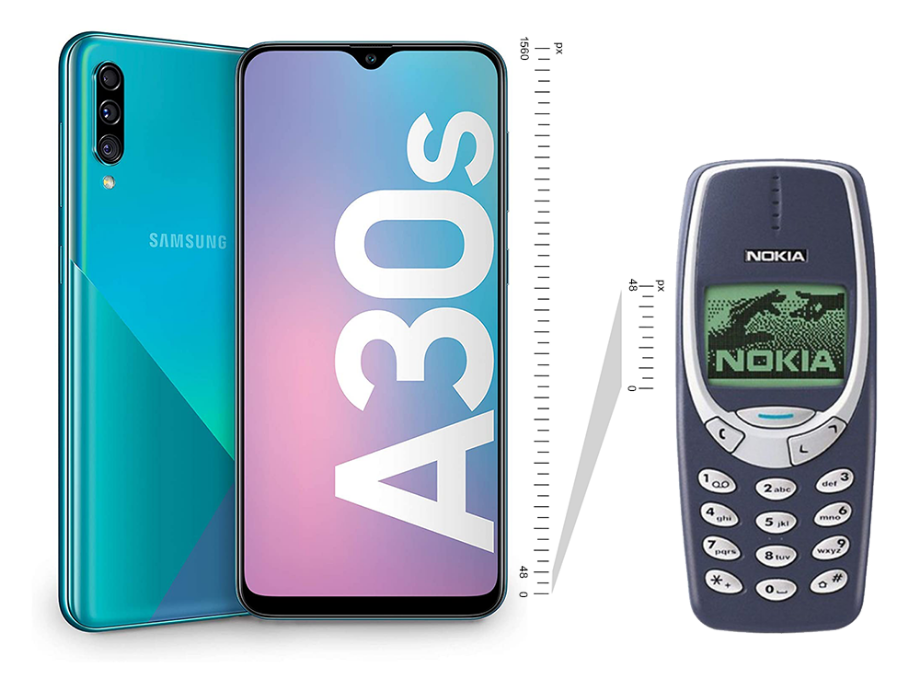
Heutige Smartphones entwickeln sich derart sprunghaft weiter, dass 8 bis 12 GB Arbeitsspeicher und 512 GB - 1 TB interner Speicher in jetzigen Oberklasse vertreten sind und in wenigen Jahren zum "Standard" gehören werden.
Insbesondere Business Anwender profitieren von wachsenden Hardwareressourcen bei Smartphones, denn Anwendungen für Mobilgeräte bieten immer mehr Möglichkeiten, für die bisher ein performantes Notebook oder eine Workstation notwendig waren.
Server in mittelständigen Unternehmen
Vor allem Server profitieren sehr stark von neuen Hardware-Generationen. Damalige Systeme konnten zwar mit mehreren Prozessoren bestückt werden, waren aber durch die Architekturen selbst limitiert und verhältnismäßig teuer. Nehmen wir die damalige Plattform des Sockels 603 von Intel als Beispiel, dann ist die Leistung zu heutigen Systemen mehr als ernüchternd. Mit zwei physischen Prozessoren mit jeweils einem Prozessorkern und 6 GB Arbeitsspeicher, sind heutige Einsteiger-Smartphones um einiges leistungsfähiger.
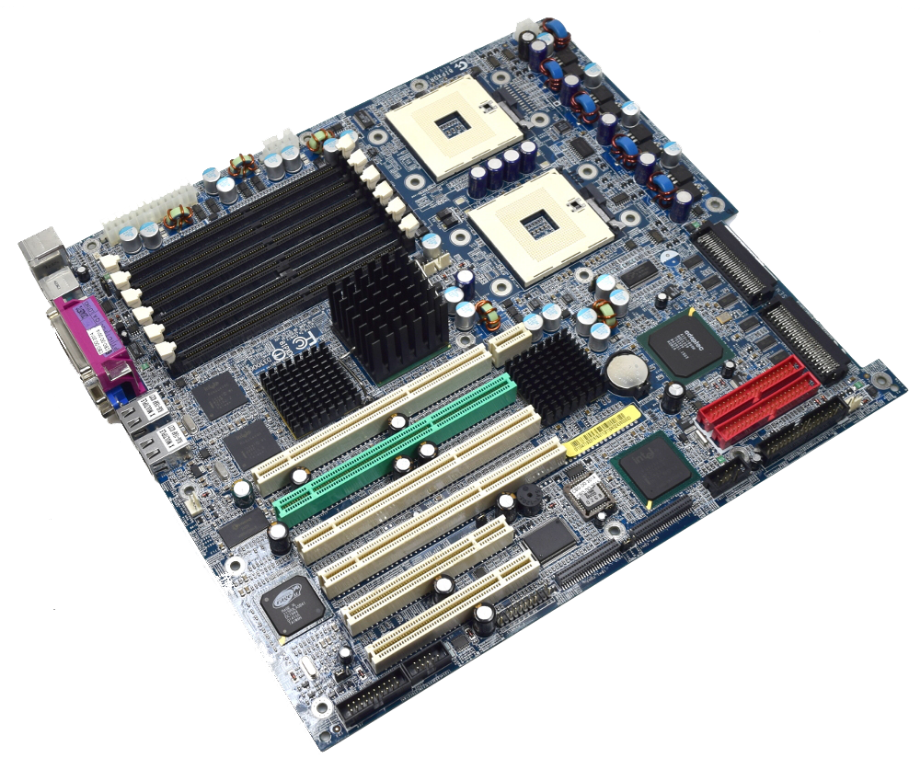
Aktuelle Intel Xeon- und AMD Epyc-Systeme bieten mit mehreren physischen (bis 64 Kerne pro CPU) und doppelt so vielen logischen Kernen (bis 128 Threads pro CPU) zahlreiche Einsatzmöglichkeiten. Im Gegensatz zum Sockel 603 mit DDR1 und 1 GB Speicherkapazität pro Modul liefern neue Plattformen 8 und mehr RAM-Slots und somit bis zu 512 GB möglichem Arbeitsspeicher bei 64 GB je Modul.
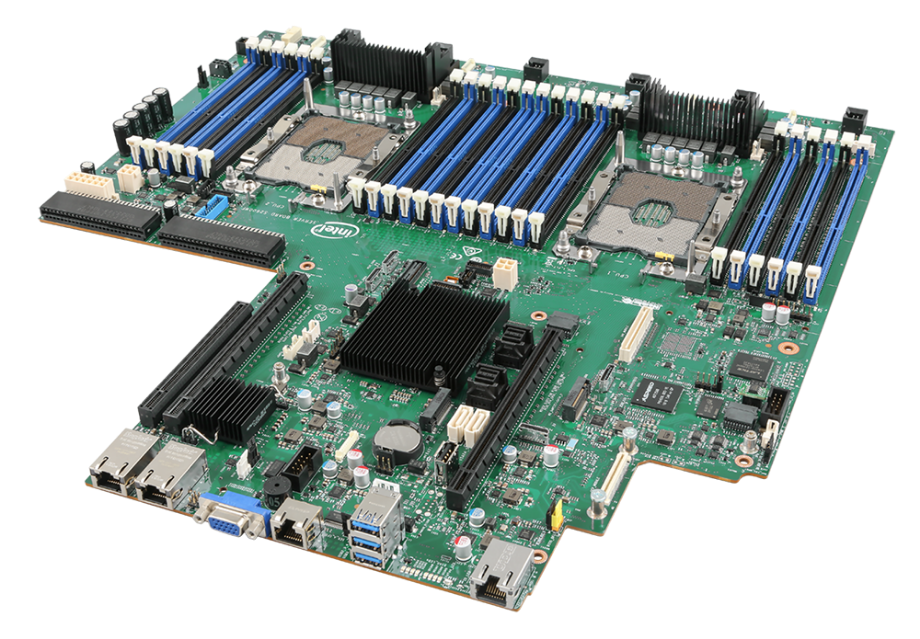
Beim Intel S2600WFT wären mit zwei Xeon-Prozessoren und 24 RAM-Bänken zu je 64 Gigabyte insgesamt 1536 Gigabyte Arbeitsspeicher umsetzbar.
Mehr verfügbare Hardware-Ressourcen bedeuten gleichzeitig mehr Aufgaben, die ein physischer Server für Unternehmen simultan übernehmen kann. Durch verschiedene Virtualisierungssysteme, wie Docker, Proxmox, Hyper V, VMware oder andere Plattformen, können so performante Strukturen aufgebaut und eine Vielzahl an virtuellen Servern und darauf laufenden Diensten realisiert werden.
Damit halten wir fest, mit dem Wandel der Zeit unserer Technologien und von den neuen Entwicklungen im Hardwarebereich profitieren nicht nur Endnutzer für verschiedenste Szenarien, sondern vor allem Business-Anwender, die multiple Aufgaben auf ihrem Smartphone oder anderen mobilen Geräten erledigen wollen. Speziell für Unternehmen, die auf performante Serverlandschaften setzen, ergibt sich ein hohes Nutzenpotential von exponentiell wachsenden Technologien.
Quellen: www.wikipedia.org, www.intel.com, www.cbo-do.de, www.pcgameshardware.de, www.anandtech.com
Computertechnik im Wandel der Zeit